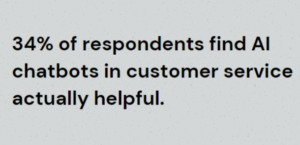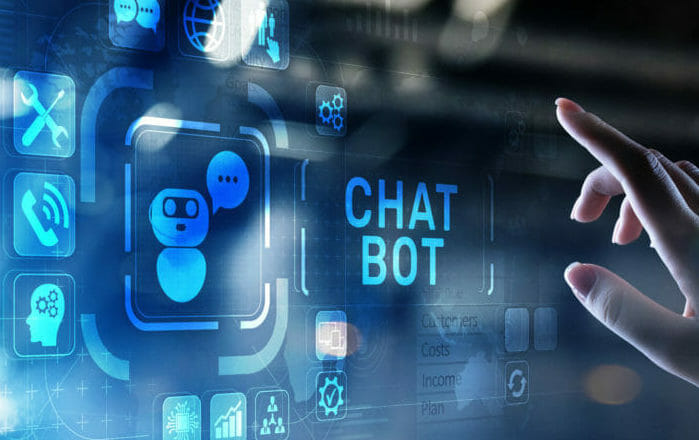In today’s digital age, AI chatbots have become an integral part of our online interactions. From customer service to entertainment, these virtual assistants offer convenience and efficiency like never before. However, as demand for uncensored and personalized interactions grows, traditional AI chatbots face significant challenges. Several industries use chatbot technology as a game-changer in the world of AI.

Source: https://www.juniperresearch.com/press/retail-spend-over-chatbots-to-reach-12bn-globally/
Problem: Censorship and Filtering
The subject of bypassing filters is a frequent query among AI chatbot users, highlighting a widespread desire for unrestricted interactions. According to Forbes, 63% indicated that their interaction with a chatbot did not result in a resolution, that left them frustrated. The reason could be AI chatbots’ restrictive content filters.
Many existing chatbots enforce strict guidelines, censoring content deemed inappropriate or sensitive. Many existing chatbots enforce strict guidelines, censoring content deemed inappropriate or sensitive. While this approach aims to maintain a safe environment, it often limits the authenticity of conversations.
For instance, Character.ai, a prominent AI chatbot, faced criticism for its strict enforcement of NSFW guidelines, prompting backlash from users seeking more open-minded platforms. By filtering chats, these AI companies undermine their core mission of creating lifelike interactions, ultimately alienating users who crave genuine engagement.
Bias and Stereotyping
Another pressing issue in the AI chatbot landscape is the presence of bias. Studies have revealed that some chatbots exhibit political biases, influencing user perceptions and potentially impacting democratic processes. OpenAI’s ChatGPT, for example, was found to display a liberal bias, raising concerns about its influence on user opinions.
The challenge lies in designing AI systems that accurately reflect diverse perspectives without perpetuating stereotypes or prejudices. Existing biases in AI models can distort the information presented to users, leading to skewed perceptions and reinforcing existing societal divides.
Solution: The Innovative Approach
A lot of companies use uncensored AI chatbot technology. Unlike their counterparts, only a few companies prioritize user freedom and authenticity, offering a platform where users can engage in unfiltered conversations with virtual characters based on real and fictional personalities.
By implementing an ETM rating system and parental controls, ensuring a safe yet unrestricted environment for users of all ages is possible. Rather than imposing rigid guidelines, companies empower users to navigate conversations based on their preferences, fostering genuine connections and diverse interactions.
Moreover, it’s best to tackle the issue of bias by training your AI chatbots to embody the values and beliefs of the characters your company represents. This approach not only enhances the realism of interactions but also exposes users to a wide range of perspectives, promoting critical thinking and discourse.

Source: https://cdp.com/consumer-on-ai-in-marketing-and-customer-service/
Impact: Empowering Users Across Industries
Beyond entertainment, AI chatbots have transformative potential across various sectors. In healthcare, chatbots can provide personalized support and information, enhancing patient engagement and accessibility to medical resources. In education, chatbots can offer tailored learning experiences, catering to individual learning styles and needs.
By embracing uncensored AI chatbot technology, businesses can foster genuine connections with customers, driving brand loyalty and satisfaction. Moreover, in a rapidly evolving digital landscape, AI chatbots empower users to navigate complex information and engage in meaningful dialogue without constraints.
Conclusion: Redefining Chatbot Interaction
As technology continues to advance, the demand for uncensored and personalized AI experiences will only intensify. Companies’ innovative approach not only addresses existing challenges in the AI chatbot landscape but also paves the way for a new era of authentic and inclusive interactions.
By prioritizing user freedom and authenticity, companies revolutionize engaging with AI chatbots, empowering users to connect with virtual characters in a safe yet unrestricted environment. As we embrace the potential of uncensored AI, we unlock endless possibilities for meaningful dialogue, innovation, and connection in the digital age.


Great article and right to the point. I don’t know if this is really the best place to
ask but do you people have any thoughts on where to hire
some professional writers? Thanks 🙂 Najlepsze escape roomy